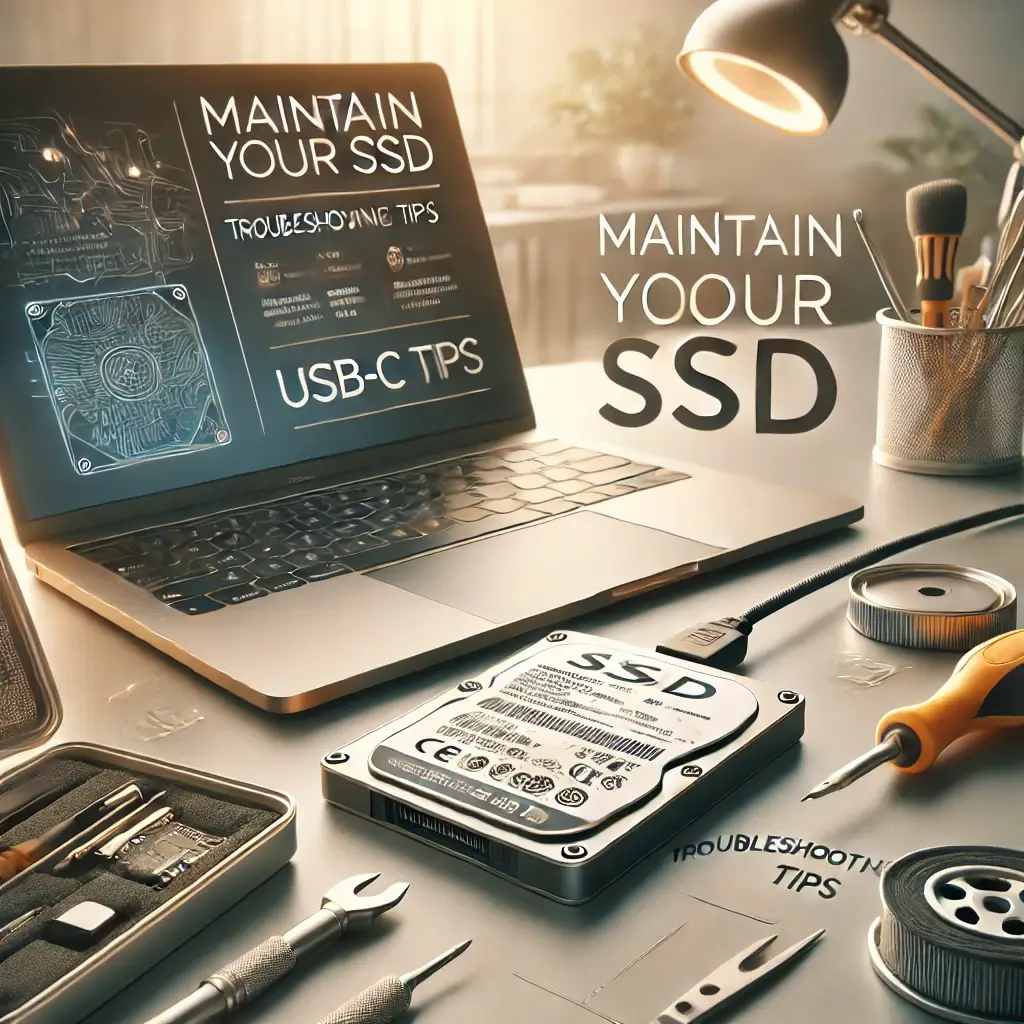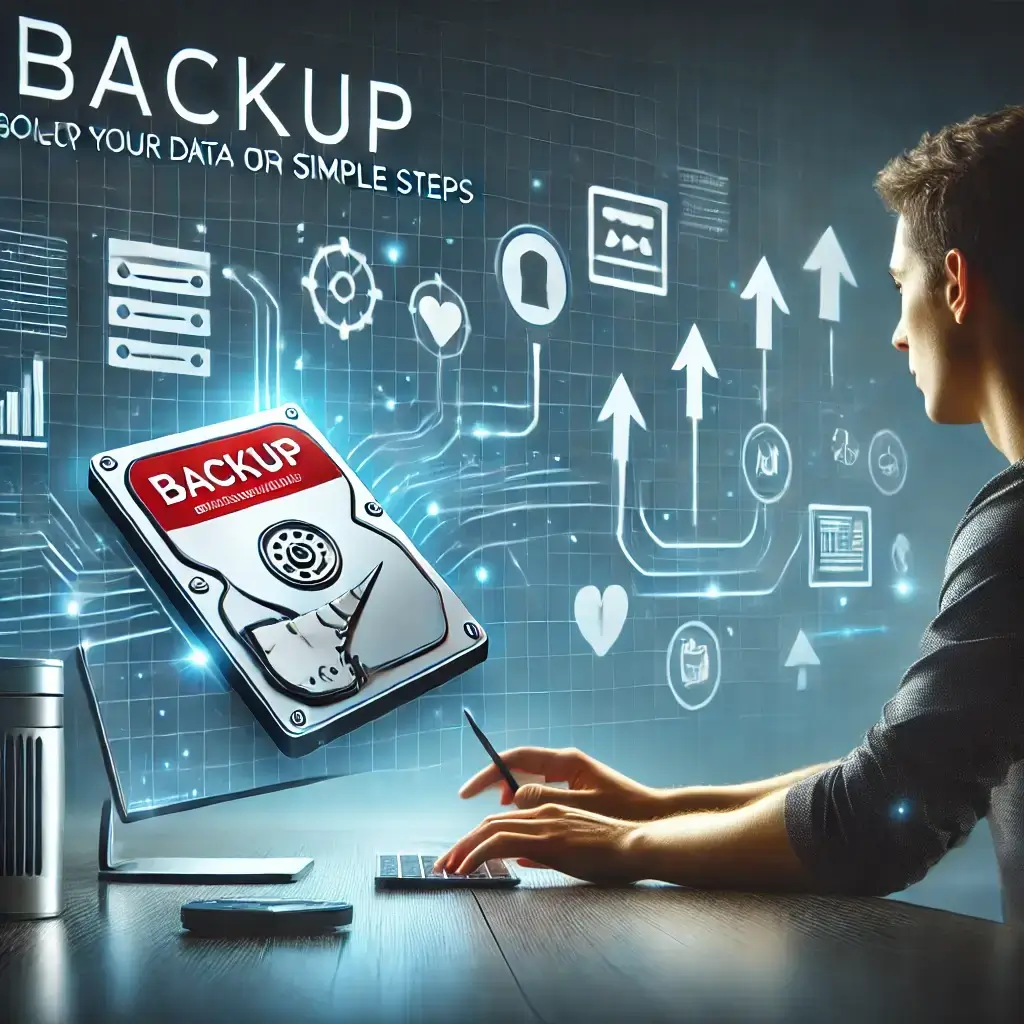Let’s clear something up first. A lot of people think that setting up an SSD to external drive is only for tech geeks or professionals managing massive files. That couldn’t be further from the truth! Whether you’re a student, a gamer, a creative, or just someone who wants a hassle-free way to keep their data safe and organized, converting your SSD to an external drive can make your life so much easier. It’s not about being a tech expert; it’s about making smart choices for your storage needs.
Now, let’s dive into the basics and uncover why these little powerhouses are worth the hype.
1. What Is an SSD External Drive?
Alright, imagine your regular hard drive… but on steroids. That’s basically what an SSD (Solid-State Drive) is. Unlike traditional hard disk drives (HDDs) that rely on spinning disks to read and write data, SSDs use flash memory. No moving parts, just pure speed and efficiency.
An SSD external drive is simply a portable version of this technology. You plug it into your laptop, desktop, or even gaming console, and boom – you’ve got access to lightning-fast storage. The best part? These drives are compact, durable, and designed to handle your data with care.
How Does It Work?
When you connect an SSD external drive via USB or Thunderbolt, it acts as an extension of your device’s internal storage. Thanks to its solid-state technology, data transfer is almost instant. Whether you’re transferring photos, videos, or game files, it’s done in a fraction of the time compared to an HDD.
Why Does It Matter?
Time is money, right? If you’ve ever waited ages for files to copy or dealt with a slow external drive, you’ll love the speed of an SSD. Keywords like fast SSD for backups and SSD data transfer speed aren’t just buzzwords; they’re real-life game-changers.
2. Why Should You Upgrade to an SSD External Drive?
Still on the fence? Let’s break down why upgrading to an SSD external drive is one of the smartest moves you can make.
a) Blazing Fast Speeds
Forget waiting hours for files to transfer. SSDs can handle large files like videos, software, and games in a snap. Compared to traditional HDDs, SSDs are like Ferraris while HDDs are old-school bicycles. For tasks like video editing or gaming, keywords like external SSD drive for gaming performance and best SSD external drive for video editing show just how much of a difference this speed can make.
b) Durability and Reliability
Traditional hard drives have spinning parts that can break or wear out. SSDs don’t have any moving components, making them way more durable. If you’re someone who travels a lot or needs a portable external SSD drive, you’ll appreciate how they handle bumps and drops like a champ.
c) Portability and Design
Most external SSDs are super lightweight and compact, which means they’re perfect for carrying around. Whether you need an external SSD for travel or just want to save space on your desk, SSDs tick all the boxes.
d) Compatibility Across Devices
No matter what you’re using – a MacBook, Windows PC, or even a gaming console – external SSDs are ready to roll. Models with USB-C SSD drives or Thunderbolt SSD external options make it easy to connect to the latest devices. Plus, they’re great for backups, whether you’re storing family photos or critical work files.
e) Future-Proof Your Storage
Technology keeps advancing, and SSDs are the future of storage. Upgrading now means you’re ahead of the curve. Keywords like SSD for seamless data transfer and external SSD for everyday use highlight how they’re built to handle modern storage needs effortlessly.
3. How to Choose the Best SSD External Drive
One of the biggest misconceptions about SSD external drives is that they’re all the same. That’s not true! Picking the right one for your needs takes a little thought. Let’s break down what to look for so you can make the best choice.
a) Storage Capacity
First things first: how much space do you need? If you’re backing up photos or documents, a 500GB drive might do the trick. But if you’re a gamer or video editor, look for external SSD capacity options in the 1TB or even 2TB range. For handling heavy files, more storage means fewer headaches down the road.
b) Speed and Performance
Not all SSDs are created equal when it comes to speed. Look for drives with fast read/write speeds to make sure they can handle intensive tasks like video editing or large backups. Keywords like high-performance external SSD and external SSD with fast read/write will guide you to the best options.
c) Budget-Friendly Choices
Worried about the cost? While SSDs are pricier than HDDs, there are plenty of affordable SSD external storage options that don’t compromise on quality. Look for sales, discounts, or even slightly older models to save some cash.
d) Compatibility
You’ll want a drive that works seamlessly with your devices. If you have a Mac or need a USB-C SSD drive, double-check the specs to ensure compatibility. For those using the latest laptops or desktops, a Thunderbolt SSD external drive might be worth the investment.
e) Security Features
If you’re storing sensitive files, choose a portable SSD with encryption features to keep your data safe. Some models even offer password protection, giving you peace of mind.
4. How to Set Up and Use an SSD External Drive
Think setting up an external SSD is complicated? Nope! It’s super easy. Here’s a simple step-by-step guide to get started.
a) Plug It In
Connect your SSD to your device using the included cable. Most modern SSDs come with both USB and USB-C options, so compatibility isn’t an issue.
b) Format the Drive
If your SSD isn’t recognized immediately, you might need to format it. For Windows users, go to “Disk Management.” On a Mac, use “Disk Utility.” Make sure to choose the correct file system (e.g., exFAT for cross-platform use).
c) Transfer Files
Once it’s set up, transferring files is a breeze. Simply drag and drop your photos, videos, or work documents. This is where the how to transfer data to an external SSD process shines – it’s quick and intuitive.
d) Use It for Backups
Set up automatic backups to keep your data safe. Many SSDs come with built-in software to make this even easier. Keywords like how to set up an external SSD for backups highlight why this feature is so valuable.
e) Troubleshooting Tips
If you run into issues, don’t panic. Common problems include connection errors or the drive not being recognized. Keywords like external SSD troubleshooting tips and tricks can guide you to simple solutions like checking cables or updating drivers.
5. Top Use Cases for an SSD External Drive
One of the biggest misconceptions about SSD external drives is that they’re only useful for tech professionals or gamers. Let’s bust that myth right now. SSDs are versatile and can cater to a variety of needs, making them an essential tool for almost everyone.
a) Backing Up Important Files
Whether it’s family photos, legal documents, or work projects, having a secure backup is crucial. SSDs offer fast and reliable storage for all your important data. Plus, with options like encrypted portable SSDs, you can ensure your files are safe from prying eyes.
b) Gaming Performance Boost
Gamers know the struggle of slow load times. An external SSD drive for gaming performance can dramatically reduce loading screens and improve overall gameplay. It’s perfect for storing large game files without compromising speed.
c) Video Editing and Content Creation
If you’re into video editing or photography, you’ll appreciate the speed of an SSD for transferring large media files. Keywords like external SSD for video editing and fast SSD for creatives highlight how these drives can streamline your workflow.
d) Travel-Friendly Storage
For travelers, an SSD is a lifesaver. Lightweight, compact, and durable, it’s perfect for keeping your files accessible while on the go. Look for portable external SSD drives that can withstand bumps and drops.
e) Expanding Console Storage
Running out of space on your gaming console? An external SSD for PS5 or Xbox can provide the extra storage you need without sacrificing speed. It’s a great way to keep your favorite games readily available.
6. External SSD vs Cloud Storage: Which Is Better?
A common question people ask is whether an external SSD is better than cloud storage. While both have their pros and cons, it ultimately depends on your needs. Let’s break it down.
a) Speed and Accessibility
External SSDs win hands down when it comes to speed. With a fast SSD for backups, you can transfer files instantly without relying on an internet connection. Cloud storage, on the other hand, can be slow, especially with large files.
b) Cost Over Time
While cloud storage often requires a subscription, an SSD is a one-time investment. If you’re looking for affordable SSD external storage options, they can save you money in the long run compared to recurring cloud fees.
c) Security and Privacy
With an encrypted portable SSD, your data stays with you. Cloud storage, while convenient, comes with risks like data breaches or hacking. If privacy is a priority, an SSD is the safer bet.
d) Portability
Need access to your files anywhere, anytime? External SSDs are incredibly portable, making them a great choice for people on the move. While cloud storage is accessible online, it’s not as reliable without a stable internet connection.
e) Long-Term Reliability
Cloud storage relies on servers that can experience downtime or outages. SSDs, however, are always available when you need them. For reliable external storage, an SSD is a solid choice.
7. Tips for Maintaining and Troubleshooting Your SSD External Drive
Some folks think that SSDs are maintenance-free and never run into issues. That’s not entirely true! While they’re more durable and reliable than traditional drives, SSDs still need a bit of care to perform their best.

a) Keep It Clean and Cool
Overheating can be a silent killer for SSDs. Avoid leaving your drive in hot environments and make sure it’s not covered during use. If you’re using it with a laptop, ensure proper ventilation. A clean and cool environment extends your external SSD lifespan significantly.
b) Regular Firmware Updates
Manufacturers often release firmware updates to improve performance or fix bugs. Check the official website for your drive regularly and update its firmware as needed. This can solve issues like slow speeds or compatibility problems.
c) Avoid Full Capacity
Running your SSD at full capacity can slow it down over time. Aim to keep at least 10-20% of the storage free. This tip is especially important for best performance external SSD drives used for high-speed tasks.
d) Use Safely and Properly
Always eject your SSD safely before unplugging it. Sudden disconnections can lead to data corruption. Plus, avoid using your drive as a constant download location, as this wears out the memory faster.
e) Troubleshooting Common Problems
If your SSD isn’t recognized, try these steps:
- Check the cable or port for issues.
- Test it on another device.
- Update drivers or firmware.
8. Conclusion
SSDs are hands down one of the best investments for your storage needs, whether you’re a gamer, professional, or just someone who values speed and reliability. By following maintenance tips and choosing the right drive for your needs, you’ll enjoy fast, secure, and hassle-free storage for years to come.
If you’re still on the fence, consider the advantages SSDs offer over cloud storage or traditional hard drives. They’re portable, durable, and give you control over your data like never before. So, why wait? Upgrade to an SSD external drive today and see the difference for yourself!




